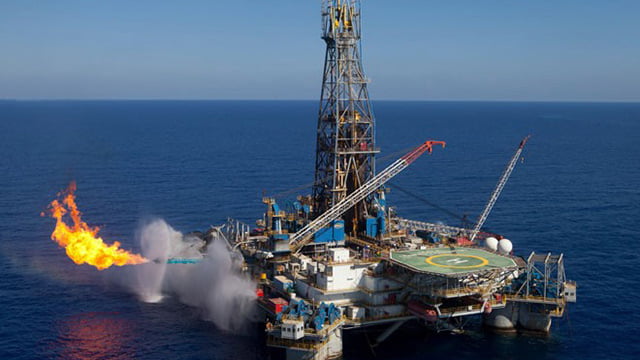By Kizito CUDJOE
Petroleum revenue received in the second half of 2024 declined by 38.51%, from US$840.77million recorded in the first half of the same year to US$517.03 million.
Despite the decline, total annual petroleum revenue reached a record US$1.3 billion,
marking Ghana’s second highest earnings since oil production began in 2011.
The report, covering the period up to December 31, 2024, attributed US$369million to five crude oil liftings from the Jubilee, TEN and Sankofa Gye Nyame fields between July and October.
Additional inflows included US$144million in corporate taxes from sector players, US$74,000 in Surface Rental fees from Planet One Oil and Gas Limited, and US$3.67million in accrued interest from the Petroleum Holding Fund, pushing total receipts past the half-billion-dollar mark.
Out of the US$454million allocated to the Ghana Petroleum Funds, the Ghana Heritage Fund (GHF), which safeguards wealth for future generations, received US$136.2million, while the Ghana Stabilisation Fund was allocated US$317.8million to help cushion the economy against oil price fluctuations.
Petroleum revenue remains a critical component of Ghana’s public finances, supporting infrastructure, social programmes and economic growth.
A comparison of H1 2024 revenue to H1 2023 shows a 55.6 percent increase in total lodgments into the Petroleum Holding Fund, rising from US$540.4million in 2023 to US$840.77million in 2024.
Since the inception of oil production in 2011, Ghana has accumulated a total petroleum revenue of US$10.69billion, with 2024 marking the highest annual revenue recorded so far.
However, despite the revenue growth in early 2024, oil production has continued to decline. The Public Interest and Accountability Committee (PIAC) has repeatedly emphasised the need for immediate investments in exploration data and regulatory reforms to attract fresh capital into the sector.
In 2023, total crude oil production stood at 48.2 million barrels (bbls) from the three producing fields: Jubilee Field – 63 percent, Tweneboa-Enyenra-Ntomme (TEN) – 14 percent, and Sankofa Gye Nyame (SGN) – 23 percent.
During the same period, Ghana produced 255,171.97 MMSCF of raw gas, distributed as follows: SGN Field – 50 percent, Jubilee Field – 30 percent, and TEN Fields – 20 percent.
The average crude oil price achieved by the Ghana Group across all three producing fields was US$78.07 per barrel.
Crude oil production has now been on a declining trend for four consecutive years, dropping from 71.44 million barrels in 2019 to 48.25 million barrels in 2023—an annual average decline of 9.2 percent.
In response, PIAC has urged the government and regulatory authorities to prioritise reversing production declines in existing fields while accelerating investments in unexploited reserves.
These measures, the committee believes, will be critical in revitalising the petroleum sector and attracting fresh investment.










